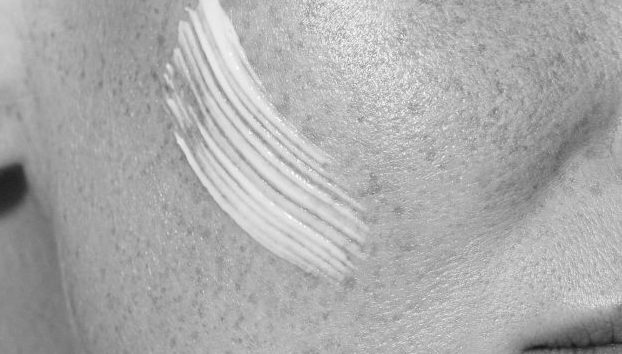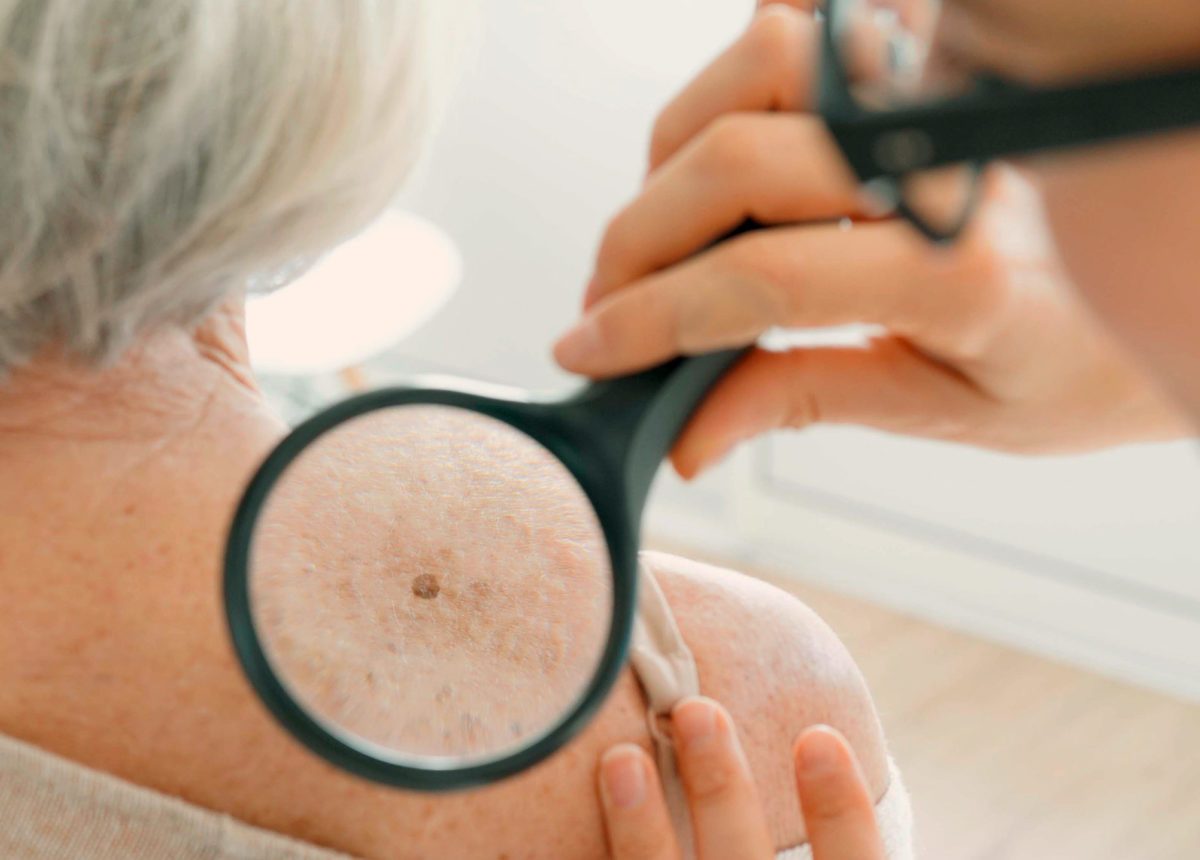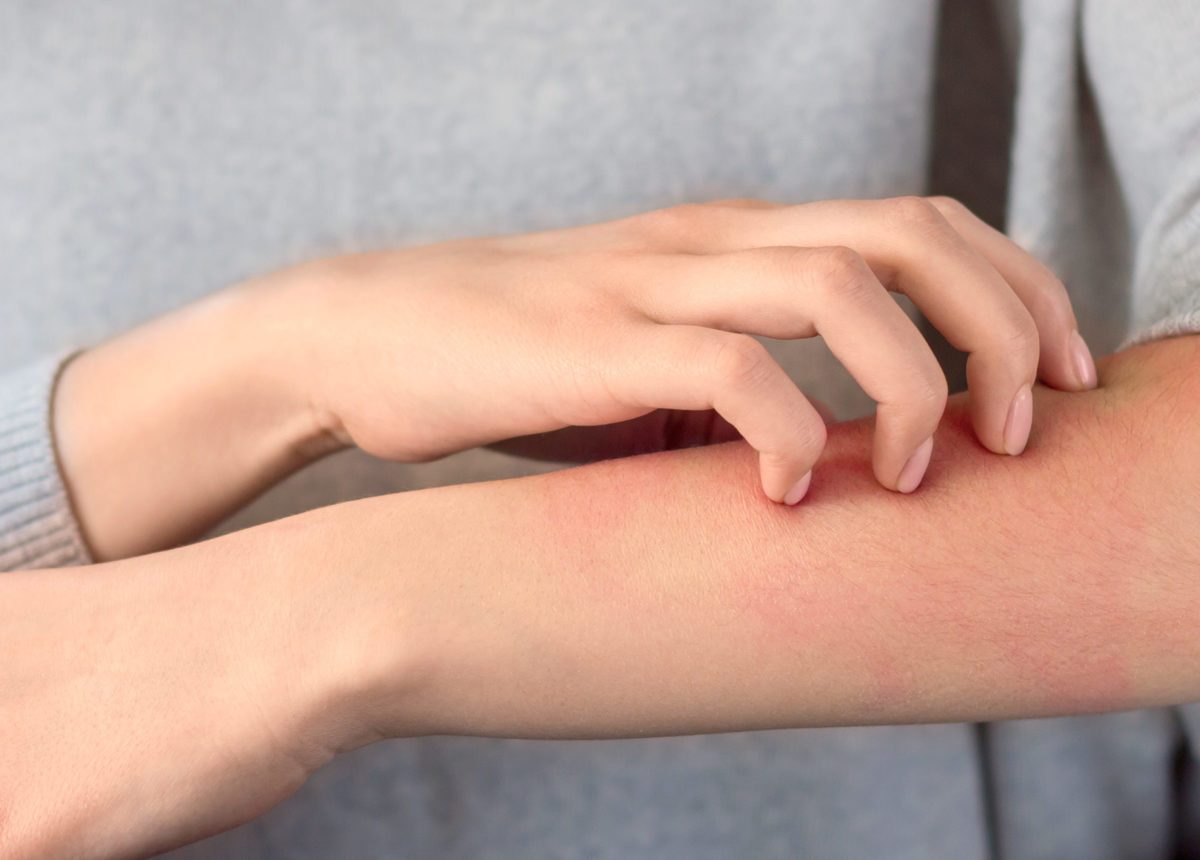SIWF certificate
The Swiss Institute for Continuing Medical Education and Training (SIWF) will continue to recognize DERMIS Hautklinik Bülach as a continuing education and training centre in 2023.

What are the first warning signs that may indicate skin cancer?
Skin cancer is generally something that changes on the body.
I therefore recommend regular self-checks of the skin.
White skin cancer is particularly insidious because it is difficult for the layperson to recognize and sometimes only shows itself in the form of a scaly patch, nodular changes in the skin or a wound that does not heal.
Contrary to its name, this form of skin cancer can have different colors, from light red to dark brown.
In the case of black skin cancer, a mole may change in a conspicuous way or a new growth may appear that looks like a mole but behaves differently.
White skin cancer can be treated well and metastasizes very rarely.
In contrast to melanoma…
Black skin cancer detected at an early stage is also very treatable.
However, the emphasis here is on early!
This is because there is a risk that the malignant melanoma will come into contact with blood vessels and give rise to offshoots from a penetration depth of just one millimeter.
How often should I have a skin check carried out by a dermatologist?
There is no general answer to this question.
The intervals between examinations depend largely on skin type, family and patient history and the number of moles.
Some people have a higher risk of skin cancer.
These include people with a light skin type and those with a family history of skin cancer.
Young people should also make sure they have a check-up, as around 26 percent of patients are younger than 50 at the time of diagnosis.
What happens if a conspicuous pigment change is actually found?
For both white and black skin cancer, we take a tissue sample – if black skin cancer is suspected, a total excision is always the first step if possible – and have it examined.
In the case of white skin cancer, treatment depends on the thickness of the tumor.
For thin tumors, local therapies such as creams or photodynamic procedures can be used.
Surgery is the first choice for thicker tumors.
In the case of black skin cancer, the thickness is also decisive.
A melanoma is always removed surgically!
Depending on the depth of penetration, lymph nodes may also need to be removed and examined.
New chemotherapies have shown great success in treating melanoma.
These have a targeted immunomodulating effect and activate the immune system so that it targets the cancer cells.
Matching articles on the topic







